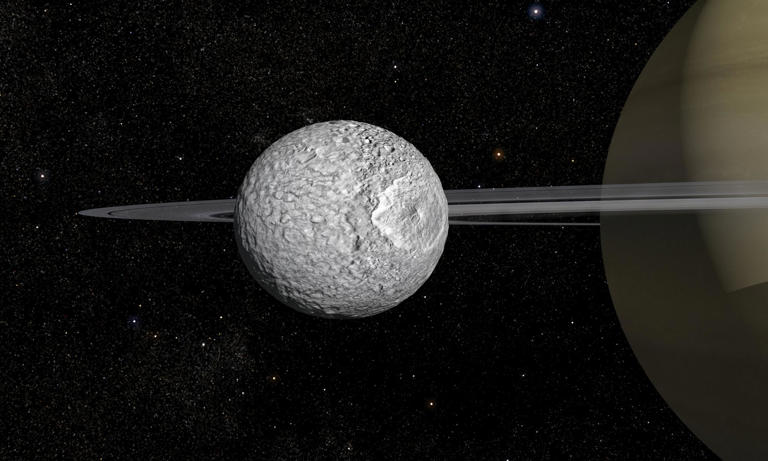
Radiolytic Habitable Zone: A New Way to Think About Alien Life
For decades, scientists have searched for alien life in the so-called “habitable zone” — the area around a star where a planet can have liquid water. But a new concept is now gaining attention: the Radiolytic Habitable Zone. This idea suggests that life doesn’t always need sunlight to survive. Instead, it might get energy from cosmic rays breaking apart molecules beneath the surface of cold, distant worlds.
How the Radiolytic Habitable Zone Works
According to lead researcher Dimitra Atri from NYU Abu Dhabi, this mechanism doesn’t require a thick atmosphere or warmth from a nearby star. It just needs a planetary surface with ice and exposure to cosmic rays. That means life could exist in many more places than we used to believe — including rogue planets that float alone in space without a sun.
Cosmic Rays: From Threat to Lifeline
But places like Mars — which has a thin atmosphere and no global magnetic field — or icy moons like Enceladus and Europa, are exposed to these rays. That makes them ideal candidates for supporting a Radiolytic Habitable Zone.
Mars, Europa, and Enceladus: Promising Candidates
Atri and his team calculated how much microbial life could survive from radiolysis on several worlds.
-
Enceladus, Saturn’s icy moon, ranked highest. It could support up to 400 millionths of a gram of microbial life per square centimeter. While that might seem tiny, it’s actually a large number when you realize a single microbe weighs about a trillionth of a gram.
-
Mars came second. Its underground ice, or permafrost, could potentially hold microbes feeding off radiolytic energy. The team estimated up to 110 millionths of a gram per square centimeter of life could survive underground.
-
Europa, Jupiter’s ocean moon, came third. Its surface is covered in thick ice, but cosmic rays might still reach shallow subsurface briny pockets — salty water that stays liquid even in the cold. These spots could support a Radiolytic Habitable Zone, offering life a place to grow.
Radiolytic Habitable Zone vs Traditional Habitable Zone
The traditional “habitable zone” is based on warmth from a star, where liquid water can exist on a planet’s surface. But the Radiolytic Habitable Zone looks below the surface, at places where radiation from space interacts with ice and rock.
It tells us we don’t need sunlight — just the right chemistry and a bit of energy from cosmic rays. This means even distant, frozen, or starless worlds might be alive in some form.
Complex Chemistry from Cosmic Rays
Cosmic rays don’t just break water molecules. They can also start high-energy chemical reactions that sunlight can’t. These reactions can create complex organic molecules, the building blocks of life. Inside the Radiolytic Habitable Zone, these molecules could be used by simple life forms to grow and reproduce.
So, rather than being a threat, cosmic rays might actually help life get started on other worlds.
Upcoming Missions May Target the Radiolytic Habitable Zone
Future space missions could help us find signs of life in these zones. NASA’s Europa Clipper and the European Space Agency’s JUICE mission are both headed to Jupiter’s moon Europa. These spacecraft will look for thin areas in Europa’s icy shell, where cosmic rays could reach subsurface brines — possible sites for a Radiolytic Habitable Zone.
Enceladus is another key target. Its water plumes shoot out from cracks in the ice and could carry clues about what lies beneath. If radiolytic life exists there, future missions might detect its chemical fingerprints.
Rogue Planets: Life in the Coldest Places
One of the most exciting parts of the Radiolytic Habitable Zone theory is its application to rogue planets — planets drifting through space without a sun. These planets are constantly bombarded by cosmic rays, especially since they’re outside the Sun’s protective magnetic bubble.
This raises a bold question: could these dark, lonely worlds harbor microbial life powered only by radiation? The answer might be yes.
Conclusion: Rethinking Where Life Can Thrive
The concept of the Radiolytic Habitable Zone is a game-changer. It tells us that life might not need sunshine, warm climates, or even a stable star. It might just need ice, water, and cosmic rays.
This discovery could vastly expand the number of places where we look for life — from frozen moons to drifting planets and distant corners of the galaxy. As science continues to explore the Radiolytic Habitable Zone, we may one day find that the universe is more alive than we ever dreamed.
Related:
3I/ATLAS Alien Spaceship Theory: 7 Shocking Flaws
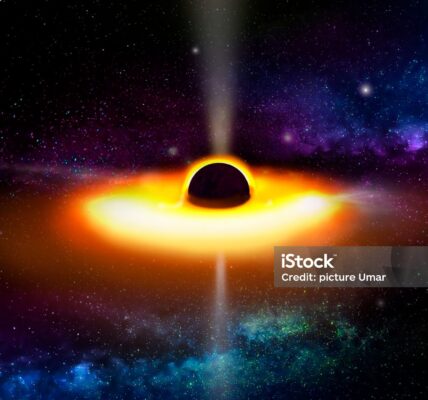
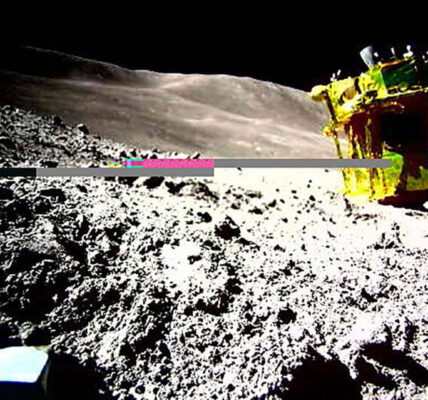
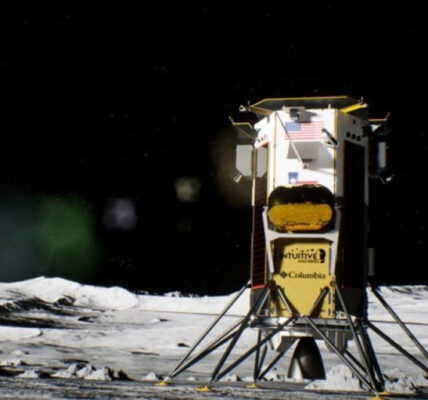
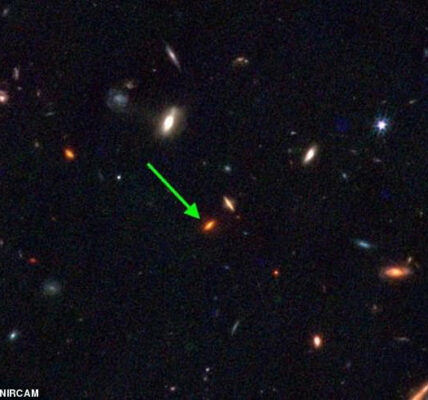
It’s easy to get carried away with online gaming, so responsible play is key! Seeing platforms like OG777 emphasize fair play & verification is good. Exploring og777 games looks interesting, but always set limits & be aware of the risks.